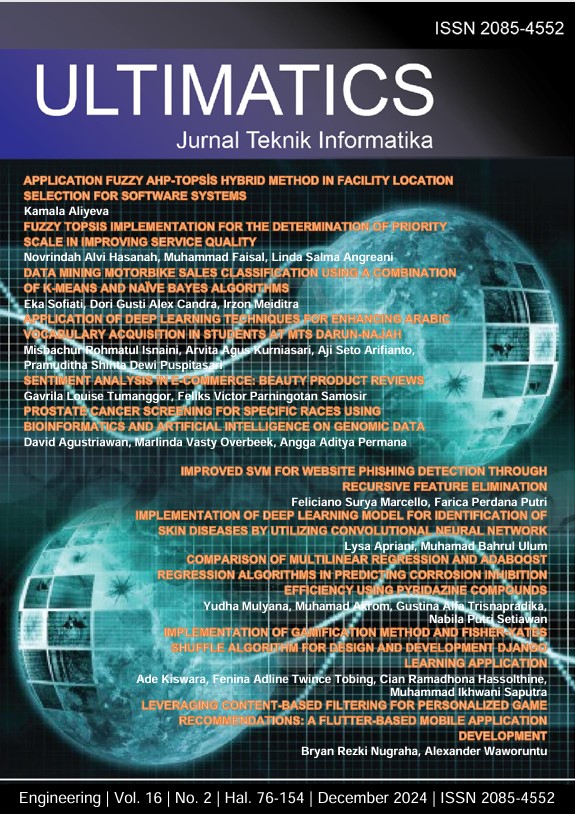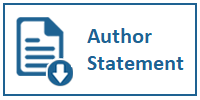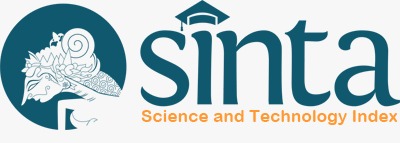APPLICATION OF DEEP LEARNING TECHNIQUES FOR ENHANCING ARABIC VOCABULARY ACQUISITION IN STUDENTS AT MTS DARUN-NAJAH
DOI:
https://doi.org/10.31937/ti.v16i2.3701Abstract
Arabic vocabulary recognition is an important aspect of learning at MTs Darun - Najah, a school that emphasizes on Islamic religious education. This research proposes the application of Convolutional Neural Network (CNN) and EfficientNet B7 to create learning media for Arabic vocabulary recognition for students. This method is implemented in the form of a web-based application. The built application offers an innovative approach in learning by utilizing deep learning. The results of several trials conducted showed that the application of Convolutional Neural Network (CNN) and EfficientNet B7 achieved 90% accuracy with an average precision of 94.6%, recall 94.6%, and f1-score 94.6%. Tests using User Acceptence Testing (UAT) have a success accuracy rate of 87.2% which proves that users can accept quite well.
Downloads
Additional Files
Published
How to Cite
Issue
Section
License
Authors retain copyright and grant the journal right of first publication with the work simultaneously licensed under a Creative Commons Attribution-ShareAlike International License (CC-BY-SA 4.0) that allows others to share the work with an acknowledgement of the work's authorship and initial publication in this journal.
Authors are able to enter into separate, additional contractual arrangements for the non-exclusive distribution of the journal's published version of the work (e.g., post it to an institutional repository or publish it in a book), with an acknowledgement of its initial publication in this journal.
Copyright without Restrictions
The journal allows the author(s) to hold the copyright without restrictions and will retain publishing rights without restrictions.
The submitted papers are assumed to contain no proprietary material unprotected by patent or patent application; responsibility for technical content and for protection of proprietary material rests solely with the author(s) and their organizations and is not the responsibility of the ULTIMATICS or its Editorial Staff. The main (first/corresponding) author is responsible for ensuring that the article has been seen and approved by all the other authors. It is the responsibility of the author to obtain all necessary copyright release permissions for the use of any copyrighted materials in the manuscript prior to the submission.















